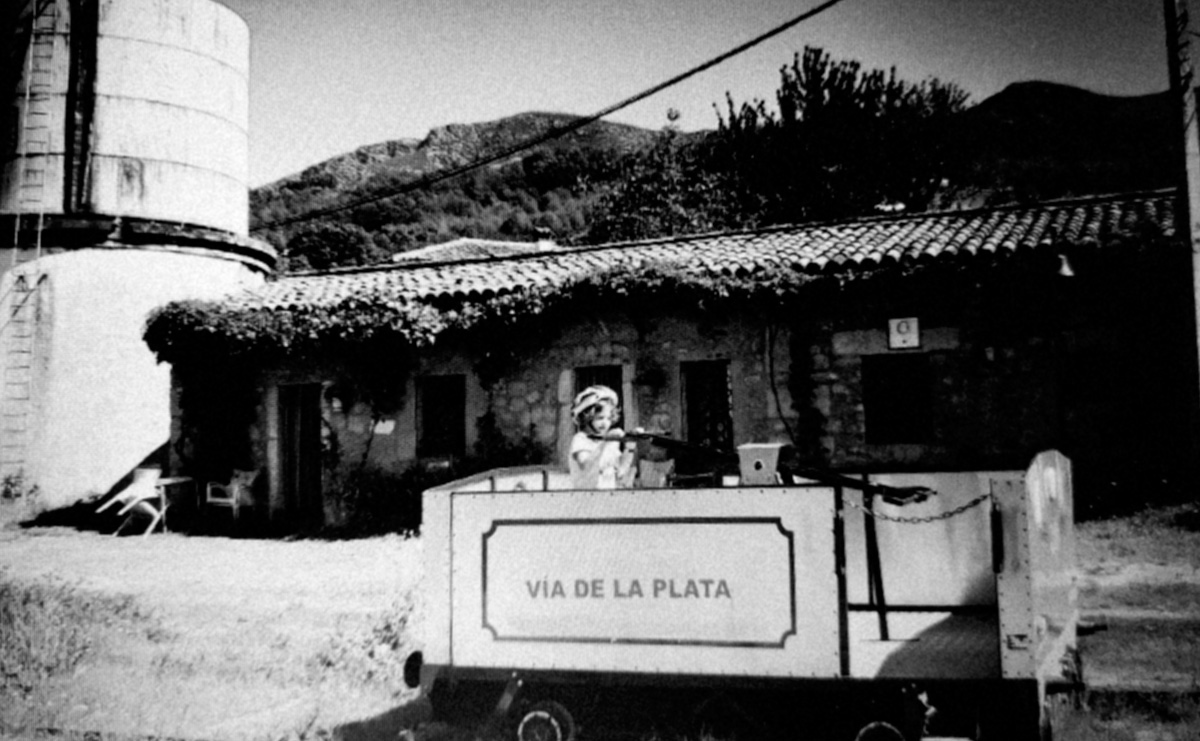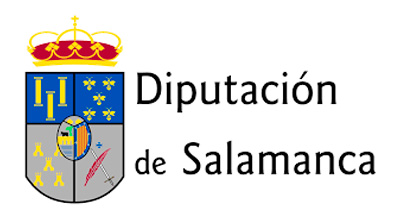Ruta de la Plata Greenway Nature Trail (Plasencia - Béjar)
History of the Railway

(SALGADO LANCHA, JUAN)
Joining the western peninsular façade was the role that this railway fulfilled since its official opening on June 21, 1896. It is true that three years earlier trains were already running from Plasencia-Empalme (now Monfragüe) to Hervás Station in Cáceres, but it was necessary to wait those three years before the Railway from Madrid to Cáceres and Portugal put the complete line into operation.
To that end, the original company was restructured and renamed “Compañía de Explotación de los Ferrocarriles de M.C.P. y del Oeste.” Under this name, work began on this great iron backbone connecting Astorga, on the Compañía del Norte’s line from Madrid to Coruña, with Palazuelo, a junction in the Plasencia countryside that formed part of the line from Madrid to Caceres and Portugal. This new line provided access to two provincial capitals, Salamanca and Zamora, and passed through localities such as the town of Bejár or the commercial centres of Plasencia, Benavente and La Bañeza.
The line was publicly owned from 1928 onwards. A new company was created (“Compañía Nacional del Oeste”) to merge the area’s Iberian-gauge railways. The railroad played a crucial role during the Spanish Civil War, being used as a logistical tool by the rebels. However, due to a certain degree of abandonment, as was the case with other transversal lines in Spain, it was inexplicably closed in 1985, firstly only for passenger services and finally, in 1996, for all traffic. Only the branch line to Plasencia survived.



